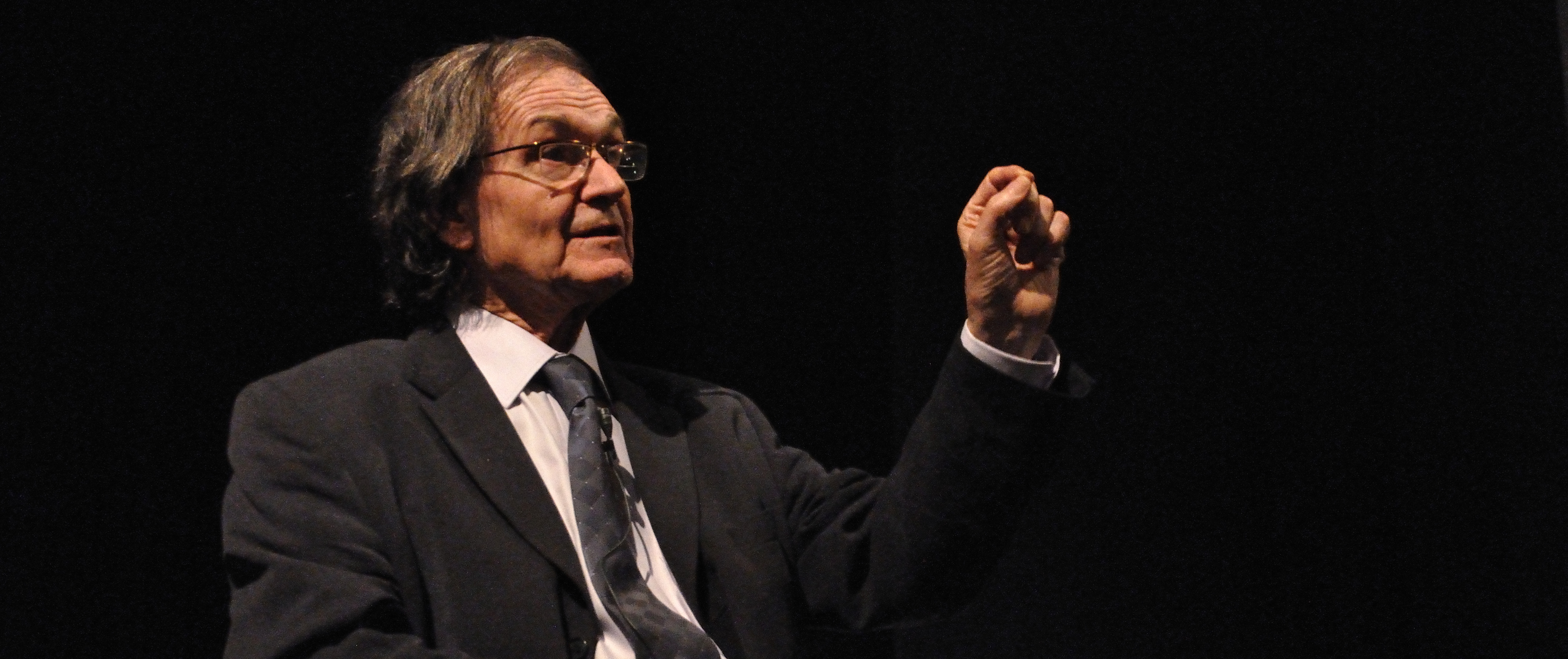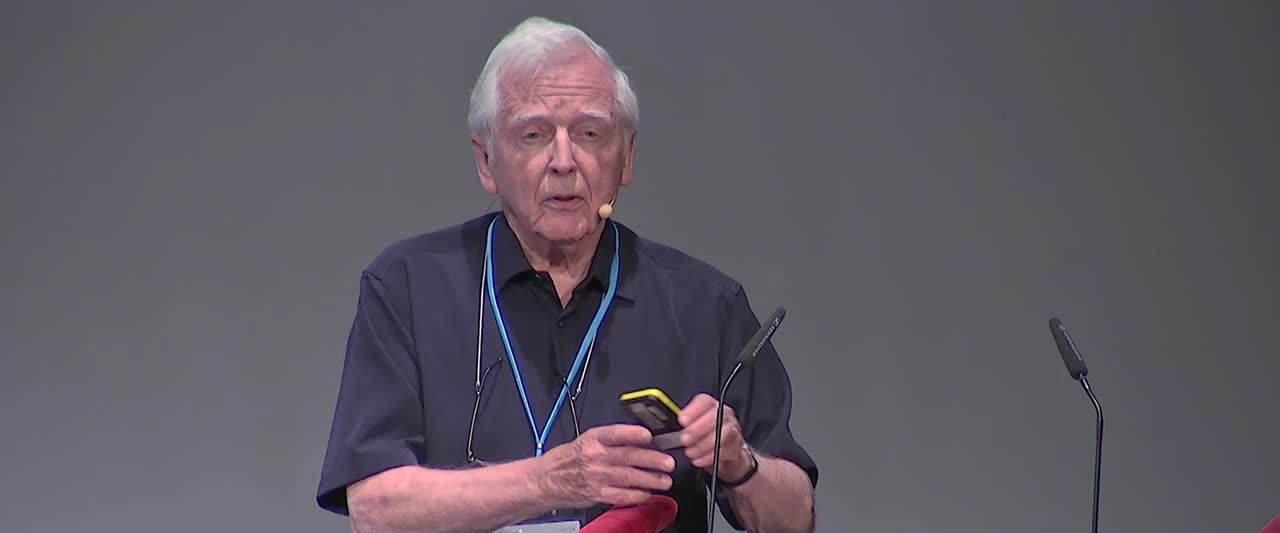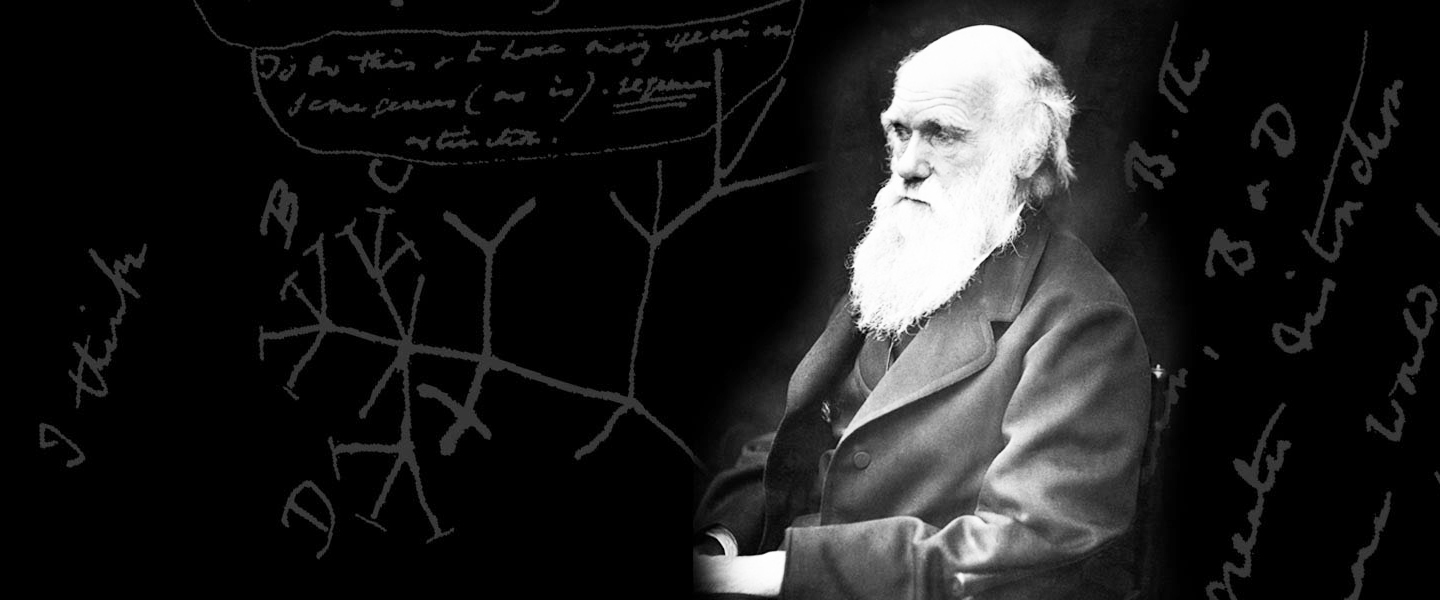19th November 2018.
Giuliana Giannuzzi, University of Lausanne, Switzerland
On the 19th of November 2018 Giuliana Giannuzzi of the University of Lausanne will give a seminar entitled Segmental duplication in human disease, diversity and evolution at 2.00 pm in the College lecture theatre. In her talk G Giannuzzi will discuss the mechanisms as well as the evolutionary implications of the duplications of segments of chromosomes. All College students are invited to attend, especially those reading Medicine, Biology, Biotechnology and Pharmaceutical Sciences. The poster of the lecture can be downloaded here.
Abstract
Segmental and gene duplications in the human genome are important for human genetic variation, disease and evolution. They represent human genome trade-offs between the possible adaptive function of duplicated genes mapping to these segments and their potential priming of pathogenic rearrangements. One example is the 16p11.2 locus, where recurrent copy number variation (CNV) is mediated by a complex set of segmental duplications. The deletion and duplication are associated with autism, schizophrenia, and reciprocal defects in head size and body weight. We interrogated the transcriptome of individuals carrying reciprocal 16p11.2 CNVs and found that transcript perturbations correlated with clinical endophenotypes and were enriched for genes associated with ASDs, abnormalities of head size, and ciliopathies. Ciliary gene expression was also perturbed in corresponding mouse models, suggesting that ciliary dysfunction contributes to 16p11.2 pathologies.We reconstructed the evolutionary history of the locus and discovered that it had been dramatically reorganized during hominid evolution. This series of genomic changes includes the Homo sapiens-specific duplication of the BOLA2 (BolA family member 2) gene, a gene involved in iron homeostasis, approximately 282 thousand years ago. This duplication that predisposes our species to the recurrent pathogenic 16p11.2 CNV, is absent from the genomes of our extinct relatives Neanderthal and Denisovan. It is apparently under selection (P<0.0097) and nearly fixed in the human lineage. Preliminary data on the possible functional role of BOLA2 duplication in 16p11.2 pathology and evolution of human-specific features will be presented. This region exemplifies that in the future we should comprehensively study structurally composite and repetitive regions of the human genome that predispose to pathogenic rearrangements while embedding human-specific genes, to unravel their role in disease, complex traits and evolution of human-specific features.
Biography
G Giannuzzi studied Medical Biotechnology and Molecular Medicine and obtained a PhD in Genetics and Molecular Evolution from the University of Bari. During her PhD she spent one year as visiting student in the laboratory of Prof. Evan Eichler, University of Washington, Seattle, where she worked on the evolution of the primate LRRC37 gene family. In 2012 she joined the laboratory of Prof. Alexandre Reymond of the University of Lausanne as a postdoc to study the molecular signatures associated with the evolution, diversity and disease of the 16p11.2 region of the human genome.
References
[1] Nuttle X*, Giannuzzi G*, Duyzend MH, Schraiber JG, Narvaiza I, Sudmant PH, Penn O, Chiatante G, Malig M, Huddleston J, Benner C, Camponeschi F, Ciofi-Baffoni S, Stessman HA, Marchetto MC, Denman L, Harshman L, Baker C, Raja A, Penewit K, Janke N, Tang WJ, Ventura M, Banci L, Antonacci F, Akey JM, Amemiya CT, Gage FH, Reymond A, Eichler EE. *equally contributing. Emergence of a Homo sapiens-specific gene family and chromosome 16p11.2 CNV susceptibility. Nature. 2016 Aug 11;536(7615):205-9.
[2] Migliavacca E, Golzio C, Männik K, Blumenthal I, Oh EC, Harewood L, Kosmicki JA, Loviglio MN, Giannuzzi G, Hippolyte L, Maillard AM, Alfaiz AA; 16p11.2 European Consortium, van Haelst MM, Andrieux J, Gusella JF, Daly MJ, Beckmann JS, Jacquemont S, Talkowski ME, Katsanis N, Reymond A. A potential contributory role for ciliary dysfunction in the 16p11.2 600 kb BP4-BP5 pathology. Am J Hum Genet. 2015 May 7;96(5):784-96.
Image
A diagramatic representation of gene duplication in A thaliana,












